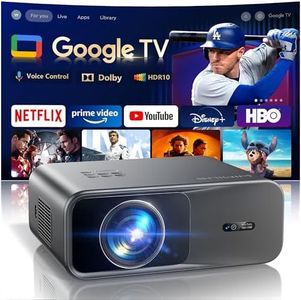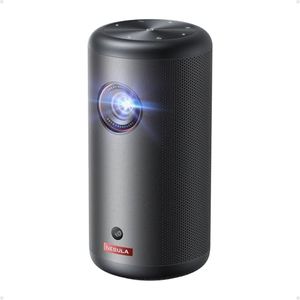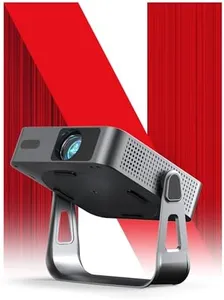We Use CookiesWe use cookies to enhance the security, performance,
functionality and for analytical and promotional activities. By continuing to browse this site you
are agreeing to our privacy policy
10 Best Outdoor Movie Projectors
From leading brands and best sellers available on the web.By clicking on a link to a third party's website, log data is shared with that third party.
Buying Guide for the Best Outdoor Movie Projectors
Choosing the right outdoor movie projector can transform your backyard into a cozy home theater. The process should start by thinking about your viewing habits: the size of your outdoor space, the time of day you plan to watch, and how many people you usually entertain. Understanding some key specs will help you find a projector that’s bright enough for outdoor use, delivers a clear picture, and suits your needs for portability, connectivity, and durability.Brightness (measured in lumens)Brightness refers to how much light the projector can produce, measured in lumens. This is crucial for outdoor viewing, as ambient light from street lamps, the moon, or early evening skies can wash out dim projections. Projectors can be seen in three main brightness ranges: under 2,000 lumens (limited to very dark settings), 2,000–3,500 lumens (good for most backyard evenings), and above 3,500 lumens (best for earlier showings or where streetlights shine nearby). Pick a higher-lumen model if you want to start movies before it’s fully dark or don’t have full control over ambient light.
ResolutionResolution is about how sharp and detailed your visuals will be, described in terms like 720p (HD), 1080p (Full HD), or 4K (Ultra HD). Higher resolutions mean clearer images, especially on larger screens. For casual, family-friendly nights or kids’ cartoons, 720p may be enough. If you love action movies, sports, or want a theater-like experience, 1080p is the sweet spot. 4K is excellent for crisp detail but only necessary if you’re a film buff or using a very large screen.
Portability and SetupPortability covers the size, weight, and ease of setting up your projector. Outdoor projectors range from small, lightweight models you can carry and set up anywhere, to heavier units more suited to semi-permanent installations. If you’ll move your projector in and out regularly, or want to take it on trips or to friends’ houses, lighter and more compact is better. If it’s staying put, you can prioritize larger models that may have more features but require more effort to move.
Throw Distance and Screen SizeThrow distance is how far behind the screen the projector needs to be for a clear image, and it impacts the maximum screen size you can achieve. Short throw projectors can sit closer to the screen, useful in small spaces, while regular throw projectors need more room but can handle bigger setups. Think about your available space: measure how far back you can set up, and match the projector’s throw capabilities to your screen’s size.
Connectivity OptionsConnectivity means how you’ll get your movies playing – options include HDMI, USB, Wi-Fi, Bluetooth, or even built-in streaming apps. Consider what devices you’ll connect: streaming sticks, laptops, phones, speakers, or gaming consoles. If you want hassle-free streaming and fewer cables, look for projectors with wireless or smart features. For classic setups, an HDMI port is essential for modern devices, while built-in speakers or Bluetooth support can simplify sound.
Durability and Weather ResistanceOutdoor use exposes electronics to humidity, dust, or the occasional stray splash. Some projectors have rugged, weather-resistant designs that are better for regular outdoor use, while others are for occasional use and should be stored inside after each showing. If you plan frequent events in the open air, prioritize projectors rated for outdoor conditions or invest in good coverings. Otherwise, just make sure it’s safe from dew and drizzle when in use.
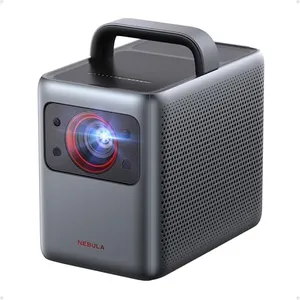
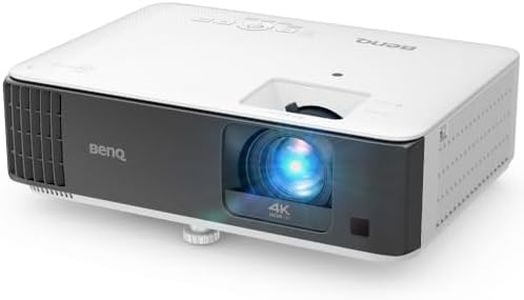

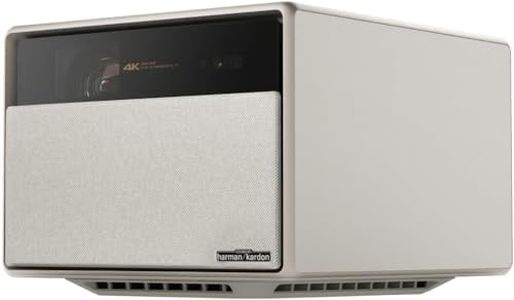
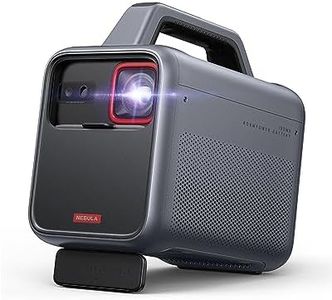
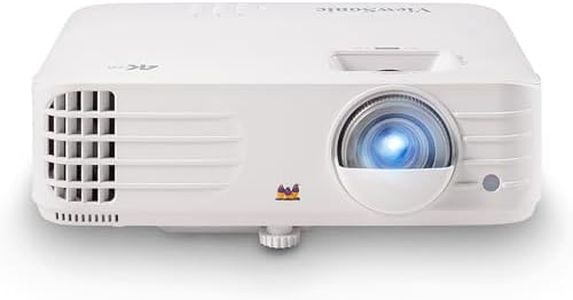
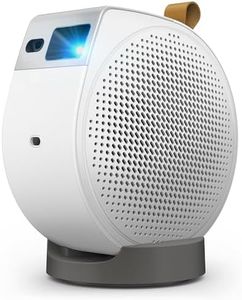

![Smart Mini Projector 4K [Netflix Officially/Electric Focus] Tecaki Portable Projector WiFi 6 and Bluetooth 1080P FHD, Auto Keystone, 180° Rotatable, Movie Outdoor Projector for Bedroom/Outdoor/Phone](https://images-proxy.bestreviews.guide/Og1nq9e4fg9A1-8-d6YrTMCJZF4=/0x300/https://m.media-amazon.com/images/I/51vt0l5epTL._AC_CX679_.jpg)


